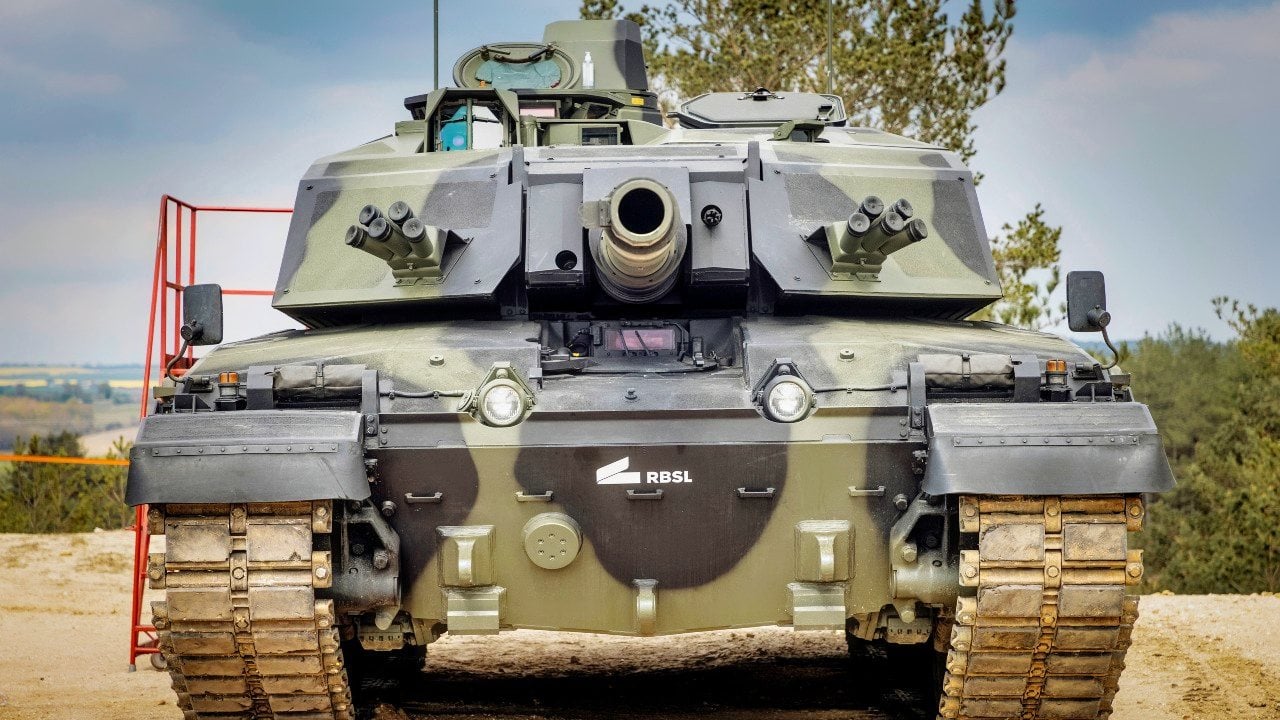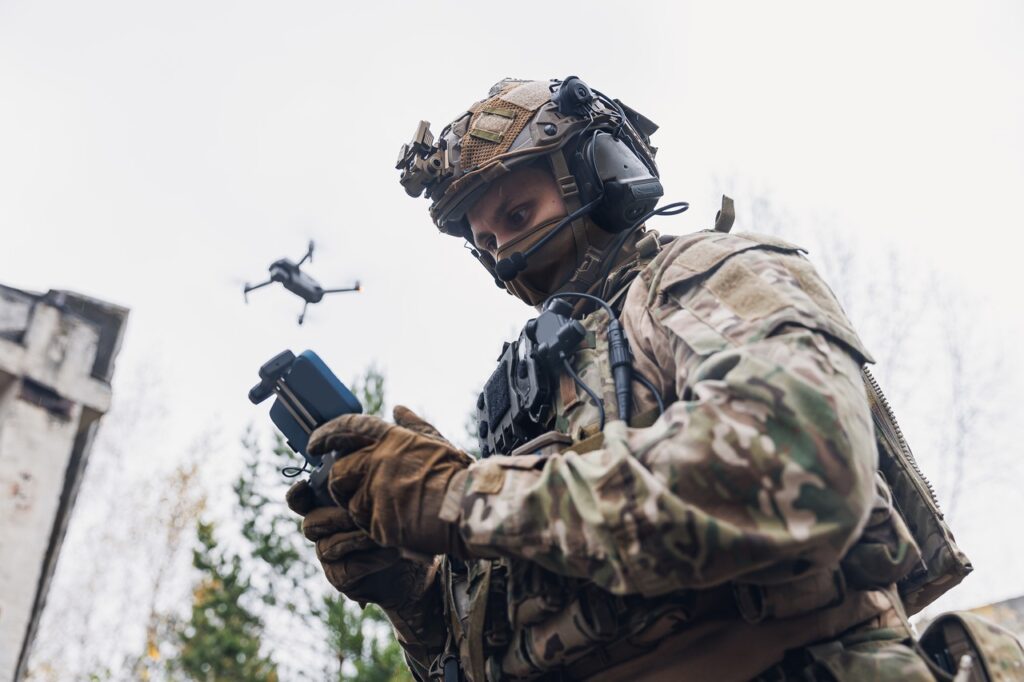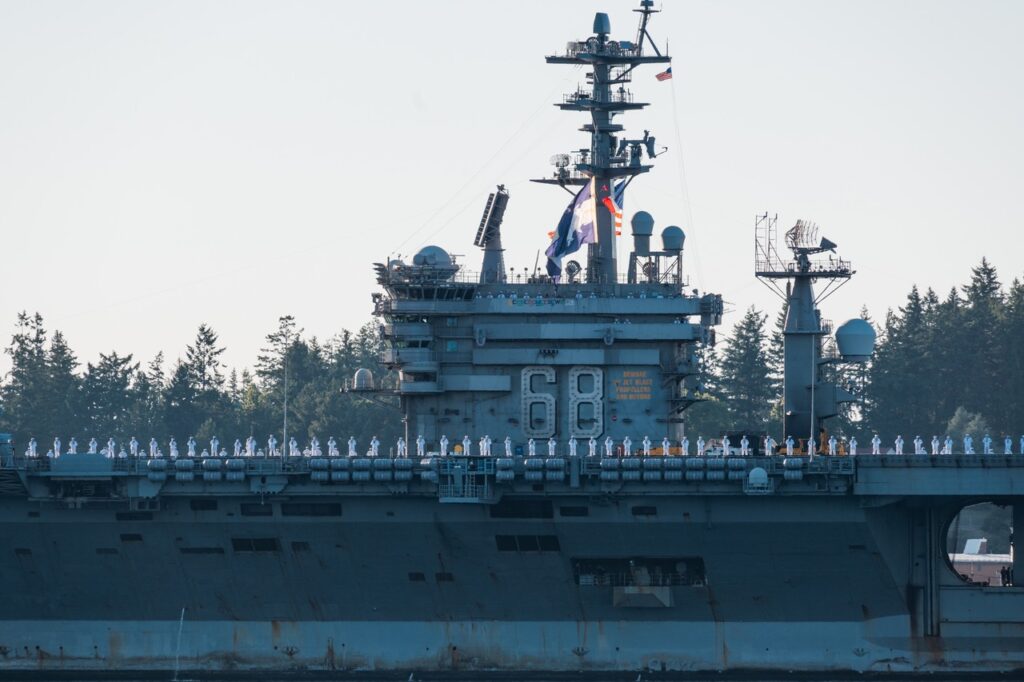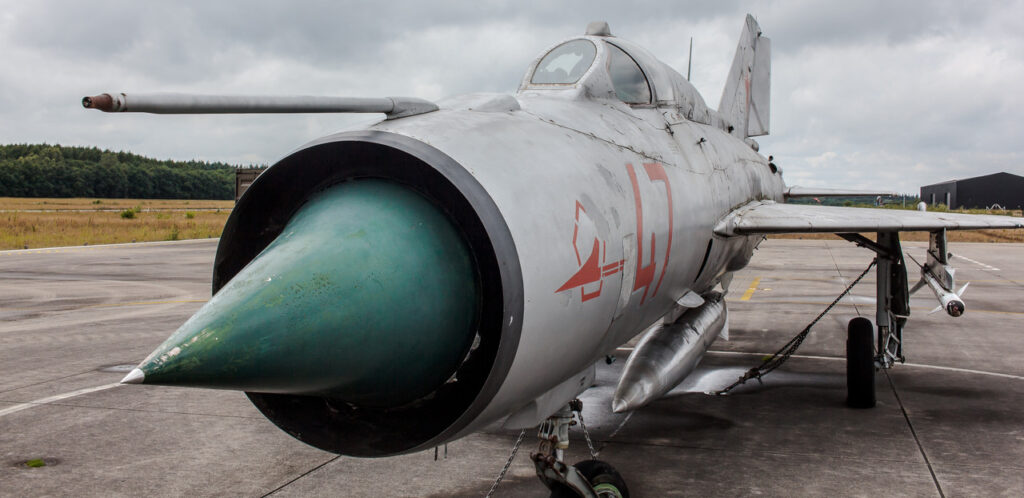Summary and Key Points: The Challenger 3, the British Army’s newest main battle tank (MBT), was recently unveiled as one of the most advanced tanks in the world.
-Designed by Rheinmetall BAE Systems Land (RBSL), the Challenger 3 features next-generation modular armor, advanced communications, and a powerful 120mm L55A1 smoothbore gun.
-In a live-fire test, this gun demonstrated remarkable lethality by penetrating a Russian T-72B3 MBT. Equipped with modern targeting systems and all-weather capabilities, the 66-ton tank will replace the Challenger 2 and form part of the UK’s future armored fleet.
-The Challenger 3 is expected to bolster British military power on the battlefield.
Meet the Challenger 3 – The Most Advanced MBT in the World?
The future backbone of the British Armed Force’s armor force was given a very public unveiling last week at the British Army’s Defence Vehicle Dynamics (DVD) event. Visitors were given a chance to see what has been described as the “most lethal” main battle tank ever operated by the British military – the Challenger 3.
The MBT was reported to be “designed with the user in mind using the most advanced technologies, delivering a vehicle for the challenges of today’s battlefield ensuring operational effectiveness and the safety and comfort of the crew.”
According to Rheinmetall BAE Systems Land (RBSL), which designed and will produce the Challenger 3, a “symbiotic approach to development” was employed where RBSL engineers worked “side-by-side” with British Army personnel to address key design facets. The MBT will be equipped with a next-generation modular armor system – which was designed by “armour experts” at the UK’s Defence Science and Technology Laboratory (DSTL) with additional support from the Ministry of Defence’s Defence Equipment & Support (DE&S) and RBSL.
Two Challenger 3 prototypes have been built to date, with six more to be produced in the coming months. The British Army could operate around 148 of the advanced MBTs, which will gradually replace its older Challenger 2s.
“The Challenger 3 will bring unmatched lethality to future battlefields. Alongside Ajax and Boxer, Challenger 3 will form the British Army’s future fleet of armored vehicles,” the U.K. Ministry of Defence said in a video posted on X, the social media platform formerly known as Twitter.
The Challenger 3 is reported to be 66 tonnes and is operated by a crew of four, including the commander, gunner, loader, and driver. It is equipped with all-weather night/day sights, and advanced communications, while it is armed with a 120mm L55A1 smoothbore gun. Secondary armament reportedly will consist of a single coaxial 7.62mm L8A2 machine gun mounted to the left of the main armament, while a 7.62 mm L37A2 machine gun can also be mounted at the commander’s cupola.
Smooth Vs. Rifled
The switch from the Challenger 2s 120mm L30A1 Rifled main gun to the 120mm L55A1 smoothbore gun has raised some eyebrows, as there is a common belief that rifled guns are more accurate than smoothbore. However, Warrant Officer Class 2 Stewart Baird, the Challenger 3 User Engagement Team (UET) leader, told international military analyst firm Janes that this wasn’t actually the case.
“If we fire a set amount of rounds [with Challenger 3’s smoothbore gun], the ammunition is incredibly consistent,” he said, adding that with Challenger 3’s fire control, the L55A1 is more accurate than Challenger 2’s L30A1 Rifled main gun. “The ammunition is better with smoothbore. The long-rod penetrator on the armour-piercing round is almost twice the length [of its predecessor].”
Live Fire Test
The Challenger 3’s gun has also been put to test – against a Russian-made T-72B3 MBT, which served as the target vehicle.
“Challenger 3 looking good. The L/55 calibre 120 mm smoothbore is a monstrous weapon. When the original concept was demonstrated by Rheinmetall to the British Army, a real T-72B3 was used as a target. The DM63 APFSDS round went through the glacis plate, through the crew compartment, through the engine block, and came out the back. That’s what @ArmyCGS calls winning an unfair fight,” wrote Nicholas Drummand, defense industry analyst and former British Army infantry officer,” on X.
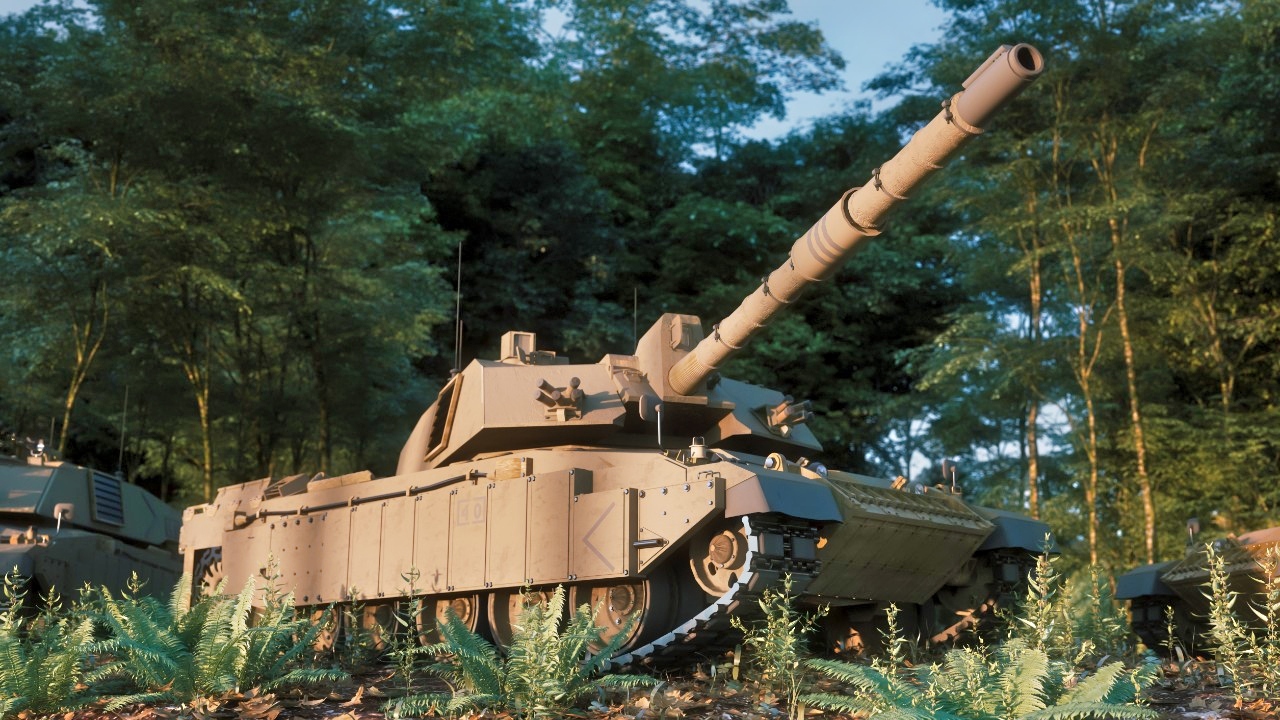
As Army Recognition also reported, the “level of penetration” served to highlight the “lethality” of the gun “against modern armor” notably Russian-designed tanks! It further noted that the T-72B3 isn’t exactly a battlefield weakling, as its armor features “a combination of composite and reactive technologies” that are specifically designed to stop modern anti-tank weapons. Yet, the DM63 APFSDS round deeply penetrated into and essentially through the tank.
While it isn’t as clear if the particular T-72B3 also was equipped with the explosive reactive armor (ERA) blocks, it does seem that it might not have done much to stop the round from the British tank.
Author Experience and Expertise: Peter Suciu
Peter Suciu is a Michigan-based writer. He has contributed to more than four dozen magazines, newspapers, and websites with over 3,200 published pieces over a twenty-year career in journalism. He regularly writes about military hardware, firearms history, cybersecurity, politics, and international affairs. Peter is also a Contributing Writer for Forbes and Clearance Jobs. You can follow him on Twitter: @PeterSuciu. You can email the author: [email protected].
Image Credit: Creative Commons and/or Shutterstock.
